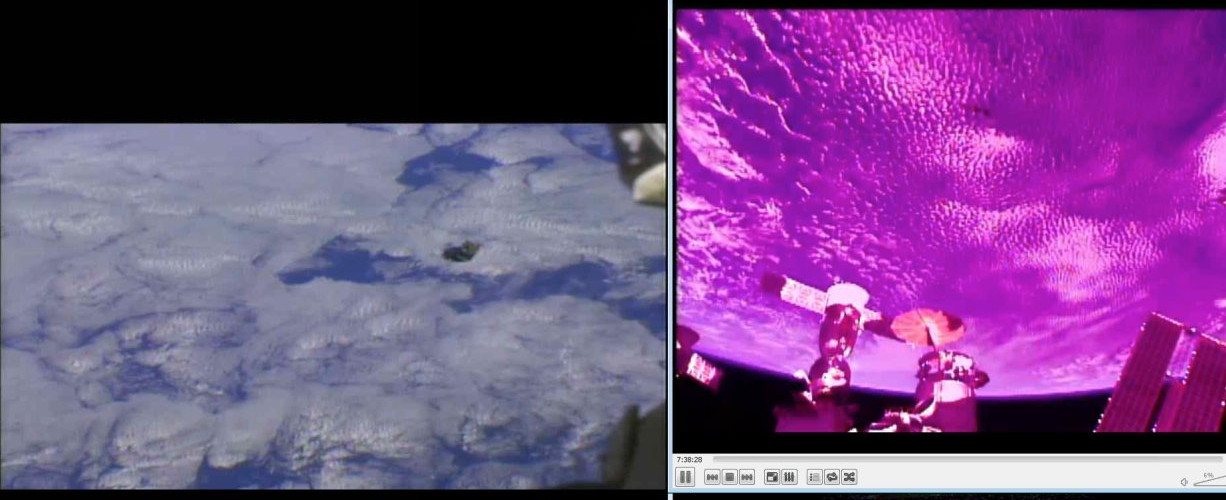UPSat, the first open source hardware and software satellite, was released in orbit by NanoRacks deployer from the International Space Station at 08:24 UTC 2017-05-18. After 30 minutes, UPSat subsystems commenced normal operations in orbit. The SatNOGS open ground station network started receiving telemetry signals from UPSat in several ground-stations deployed globally shortly after its deployment. All subsystems are reporting nominal operations and the UPSat team is proceeding with LEOP phase in preparation for the science phase of the mission.

This successful deployment of UPSat in orbit, marks an important milestone for open source software and hardware in space, making space technologies more accessible and open for all.
More info about UPSat and its current status can be found in https://upsat.gr and on latest observations by SatNOGS Network https://network.satnogs.org

Comments
2 responses to “Successful deployment of UPSat, the first open source satellite”
[…] was deployed from the NanoRack launcher on the ISS at 08:25 UTC on the morning of May 18th. It was one of 17 […]
[…] was deployed from the NanoRack launcher on the ISS at 08:25 UTCon the morning of May 18th. It was one of 17 […]